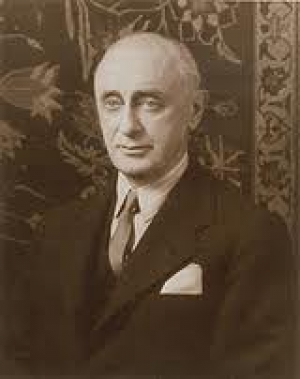By 1909 his love and appreciation of carpets and textiles turned into a more serious pursuit. He eventually built up a collection of 275 carpets and hundreds of textiles that laid the foundation for The Textile Museum, which was initially, from its opening, housed in his home and the adjacent building.
The Textile Museum was opened to the public in 1925. The exhibited items included Iranian silk textiles and carpets, Ottoman Turkish and Mughal Indian textiles and carpets, as well as early Islamic textiles (including tiraz) from Egypt and Yemen; medieval resist dyed textiles from India found at the early medieval Egyptian capital, Fustat, as well as pre-colonial archaeological and later textiles from Central and Southern America.
When Myers died in 1957 the Textile Museum’s collection included over 5,000 items from around the world.
Sources:
- COLLINS, S.P (1985). 'George Hewitt Myers, 1875-1957,' HALI, vol. 27, pp. 6-7.
- http://museum.gwu.edu/textile-museum.
Digital source of illustration (retrieved 18th June 2016).
SA

